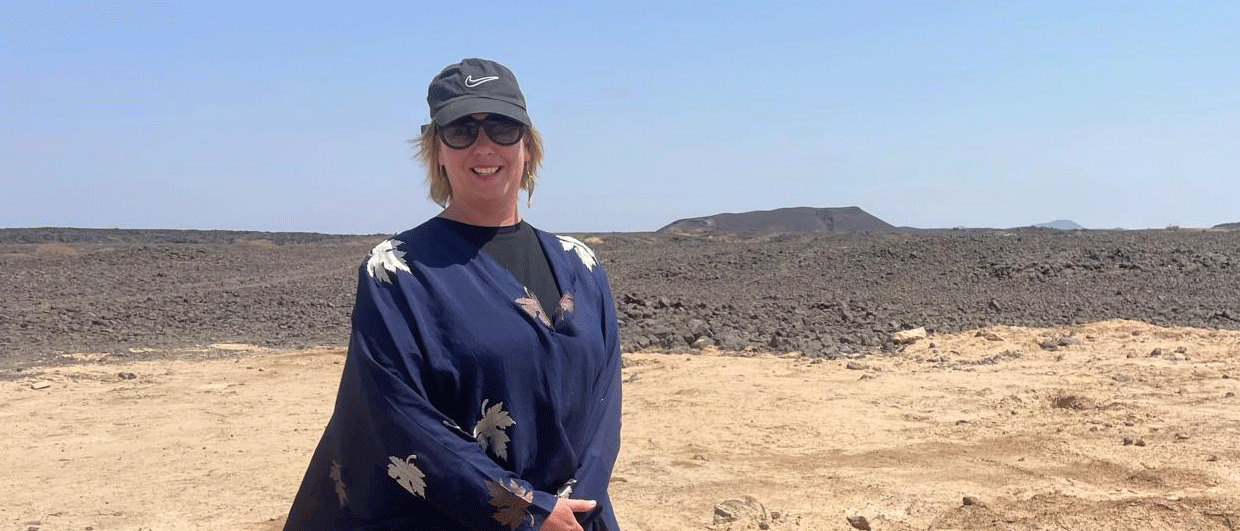Bjarte Bruheim has spent the majority of his career introducing transformative technologies that reduce risk and improve efficiencies in the oil and gas business.
Transformative Technologies in Oil and Gas: Q&A with Bjarte Bruheim
Bjarte started his career with Schlumberger after graduating with a master’s degree in physics from the Norwegian University of Science and Technology in Trondheim, Norway.
Bjarte Bruheim has spent the majority of his career introducing technologies that reduce risk and improve efficiencies in the oil and gas business, having been involved at the start of companies such as PGS, EMGS and Axxis GeoSolutions (AGS). He tells us what drives him to keep pushing the technological limits.
As a serial entrepreneur, what drives you to become involved with a new company?
The main driver for me is to be involved in developing leading edge technology. As a manager, I like to see technology and operational experts/employees joined successfully as a team and working together over years and years. In oilfield service the key for me has been to reduce risk and costs by using advanced operations and new technologies.
As a physicist, do you think scientific understanding is important for an industry leader?
An oilfield service company has different phases and, as we have seen, technology will be replaced by newer technology over time. I think for a start-up company within the seismic industry it would be an advantage to have the experience and technical knowhow to evaluate technology’s impact on clients’ business and be able to pick a team who will be able and experienced enough to develop the technology. Our clients are highly educated and experienced experts and your team must be able to mirror this expertise and see the technology trends.
What are the up and coming technologies in offshore exploration?
In general, a lot of new technologies are developed during a downturn in the industry. The trend within exploration is digitalization of all types of data. New computer power means that the main trend in exploration is to combine and process the data more efficiently and drive more value out of existing data.
You can’t go wrong with higher resolution in seismic data and the increasing demand for AGS products in low cost production areas is an example of this trend.
What gap in the market did you see that led you to co-found AGS?
During the few last years I have followed the major technological developments such as channel count and the size of land seismic node surveys. The trend onshore has been towards higher channel counts and larger area surveys. Clients have been asking for these kinds of survey offshore for some time, but the OBN industry has been limited by cost per square kilometer and channel count offshore.
The AGS team had been following this trend and came up with new survey designs, higher channel count and teams with the long-term experience to execute this type of survey. The AGS team, combined with the multi-client sharing model on costs, opened up the market in the North Sea and elsewhere. This was the business idea behind AGS. We are staying on course and together with our clients and partners our aim is to work ourselves into the number one position, leading the development of high resolution/low cost products in this market.
How do you see the energy transition affecting service companies like AGS?
The financial markets show a lack of enthusiasm to invest into our industry. Some of the larger E&P companies use a lot of their cash and resources to be involved in the energy transition. Typically, the drive for new seismic technology has been driven by supermajors, but we see that two-thirds of the cash in the OBN industry so far has come from national oil companies. This is a trend that has given us larger value surveys and one of the largest seismic surveys ever ($1.6 bn), was awarded in 2018 by a national oil company.
The push for cheap gas close to consumers is another trend we are seeing, driving some of the available dollars onshore to the shale industry, particularly in the US and Argentina.
What has been the most transformative technological innovation you have seen in the industry?
The most transformative technology I have seen in oilfield services was the transition from 2D to high resolution 3D seismic. The key technology enabling this transition was Global Positioning Systems (GPS), combined with marine acoustic positioning systems. This high resolution 3D product, powered by supercomputers and high tech work stations, enabled directional drilling and an increase in recovery rates from both new and existing oil fields around the world. Ekofisk, Valhall and Statfjord are good examples of this.
Further Reading on Innovative Technology in Oil and Gas
The Future of Oil and Gas Exploration Using CSEM
Valente Ricoy and Friedrich Roth; EMGS
Can a CSEM-supported exploration program increase the chance of success for a prospect portfolio by distinguishing between low and high saturation commercial hydrocarbons?
This article appeared in Vol. 16, No. 4 – 2019
Innovative Seismic Data Processing in a Super Giant Oil Basin
Hermann Lebit, Sriram Arasanipalai, Jeff Tilton and Pascal Ollagnon; PGS
Innovative seismic processing techniques by PGS deliver better fault definition and seismic stratigraphy for improved reservoir characterization in the Santos Basin.
This article appeared in Vol. 16, No. 2 – 2019
Ocean-Bottom Nodal Seismic
Rick Dunlop and Brian Taylor; Axxis Geo Solutions
Ocean-bottom seismic acquisition is encroaching on the traditional marine streamer market by offering unique, scalable and efficient solutions for exploration and development of oil and gas.
This article appeared in Vol. 15, No. 5 – 2018





